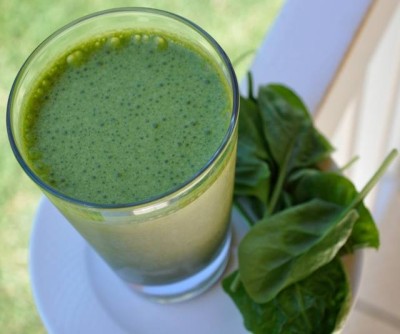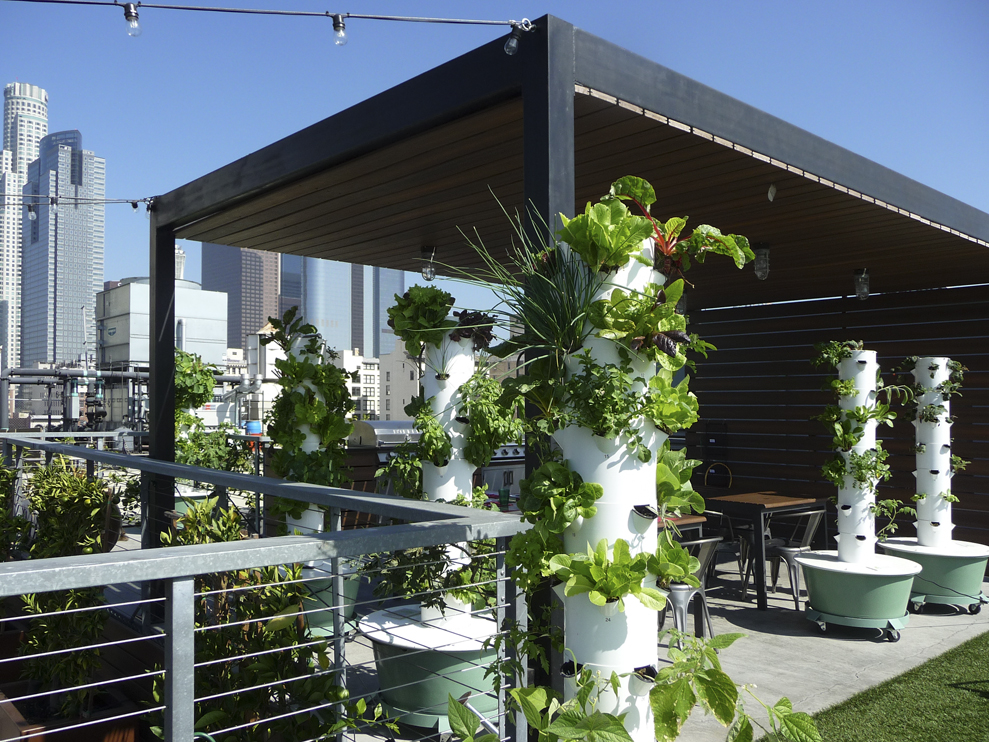The Case For Living Streets
My recent trip to Argentina offered an opportunity to observe the transformation of the Belgrano neighborhood from a particular time perspective. The first encounter with it was when it was just starting to change from an area of single-family homes dotted by six to eight-story high condominiums.
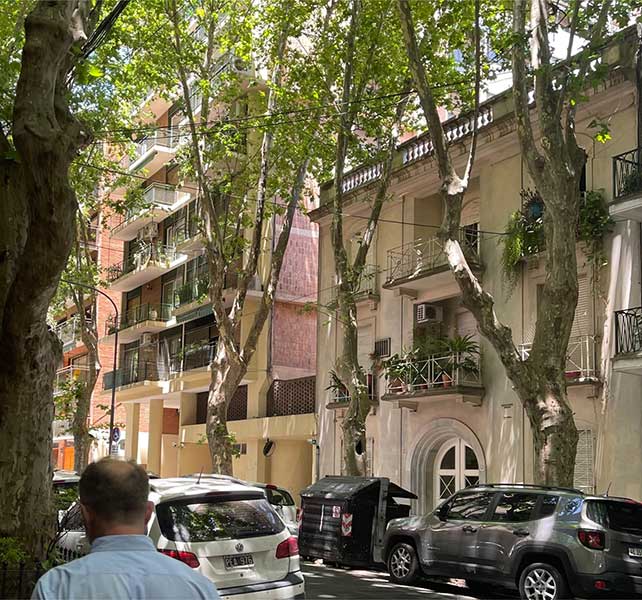
1A.Fast-forward to 2021; it has become a high-density upper-middle-class neighborhood, where only a few low-rise buildings are the exception. Surprisingly, today, where most buildings are eight and ten-story in height, the presence of its taller trees has intensified. Looking for the sun between tall buildings, many are now rubbing their branches on the eighth floor.
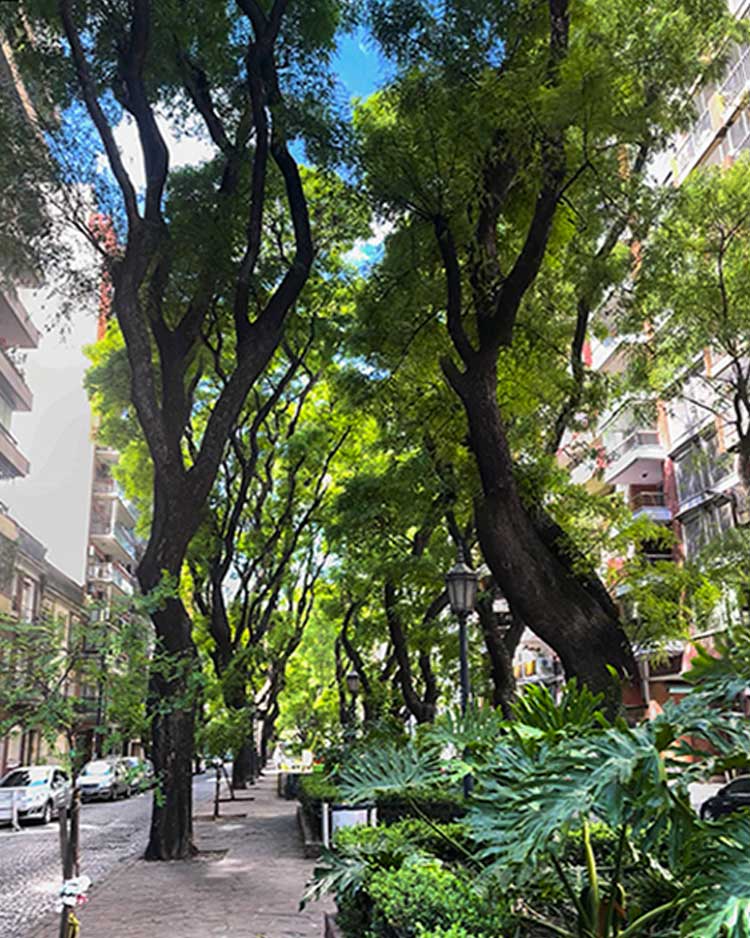
2A.Many of its less-traveled streets have a plethora of fancy little boutiques, sidewalk cafés, bakeries, restaurants, service stores, and schools. Small supermarkets, vegetable and fruit stands, health food stores are commonplace.

3A.The lively streets are safe for pedestrians: it reflects the care and thoughtfulness of creating a desirable place to live.
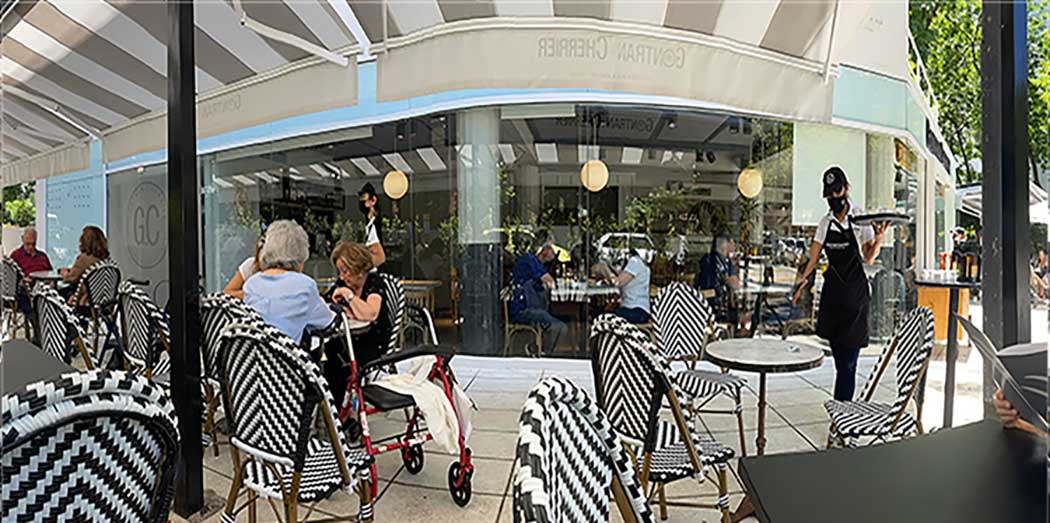
4A.The abundance of trees is a significant factor. It did not happen by chance.
When Jules Charles Thays, a Parisian landscape architect, came to Argentina in 1889, he got fascinated with the young country and decided to spend the rest of his life in Argentina. In 1891 he was named Director of Parks & Walkways.
Trees can co-exist and even thrive next to tall buildings!

5A.Studies show that green, walkable, and livable communities are healthier for individual, environmental and economic health. The copious tree canopies along the Belgrano streets give the neighborhood a sense of community pride and peacefulness.
See the video of a street: https://youtu.be/C5FFwxa1aJ4
Conclusion
Trees have an active, beneficial role in improving a city’s air quality: they absorb CO2 through their leaves and release oxygen into the air through photosynthesis. They also moderate the temperature and humidity of the environment by evaporation, herein reducing the air-conditioning cost. Trees attract birds and butterflies, reduce street noise, and beautify the street spaces.
The moderate kind of urbanization with no speeding cars in the narrow residential streets improves the safety and well-being of the residents.
Trees are the primary stabilizers of the planet’s ecosystem. They are our best companions, contributing to a considerable absorption of CO2 and providing oxygen in the air.
This post allows me to confirm an observation about a permaculture approach in the Belgrano neighborhood of Buenos Aires. Nature integrates into the built environment for mitigating Climate Change to protect and re-establish vital ecosystems.


